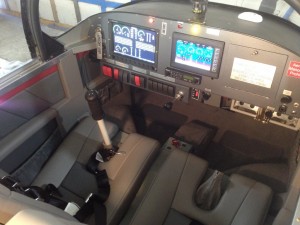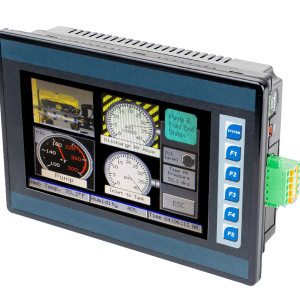On Friday the 19th the Final Inspection of TLL was completed by Jerry Mulder representing the MD-RA. Jerry had completed the pre-cover inspection of TLL in 2010. Jerry and his son John had also completed the precover on my CH701 sometime in the mid 90’s (don’t recall exactly when). Fortunately Jerry and I have known each other for many years thru our various affiliations with recreational aviation in central Alberta. The inspection took the better part of 5 hours to complete with the time split about 50/50 between the aircraft and paperwork completion. There were a few minor items to attend to following the inspection, mostly washers and threads showing, too many threads in a couple of cases and not enough in a few more.
Jerry has to send off the completed paperwork for a peer review before I actually receive my temporary certificate of airworthiness. Once I receieve that C of A I can start the flying program.
I have a very experienced test pilot lined up for the first 5 hours of flying. Although I had the RV transition training in July, I am required by law to have at least 100 hours of experience in “type” to fly the first 5 hours. As my test pilot is an instructor as well, we will put the first 5 hours to good use. I have created a series of test flight “cards” that will allow us to put the aircraft thru a series of test manouvers and exercises. These tests will serve to build my confidence in the aircraft and get performance numbers that can be used in the pilot operating handbook (POH) which I must prepare for TLL.
These test flight cards are here:C-FTLL flight test procedures
 The interior is installed and I have a few tasks to complete on the cowling before we go flying. We are planning for the first flight in early October. I can hardly wait now that the final inspection is done!
The interior is installed and I have a few tasks to complete on the cowling before we go flying. We are planning for the first flight in early October. I can hardly wait now that the final inspection is done!





